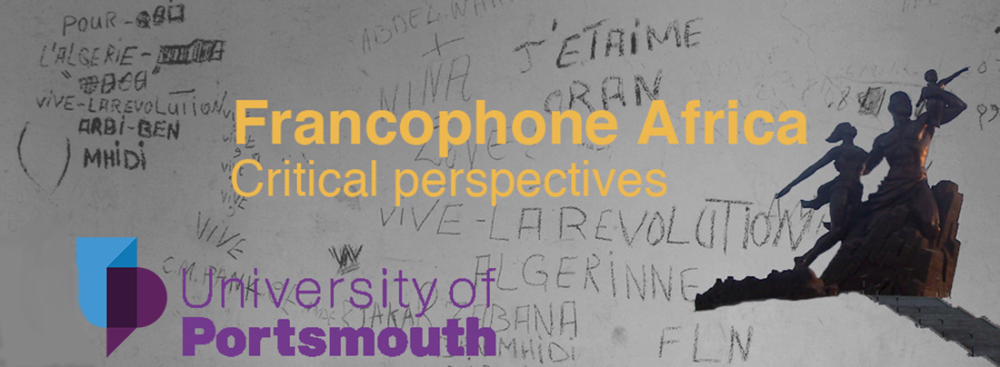Fragile Future: The Sahel in the Wake of COVID-19 and the Ukraine War, RUSI
Bilan des violences contre l’institut français de Ouagadougou, AfricaNews
Britain to withdraw troops from Mali, The Times
Ivory Coast to withdraw from Mali peacekeeping force, Reuters
Endet Bundeswehr-Einsatz in Mali 2023? (Germany to leave MINUSMA), NTV
